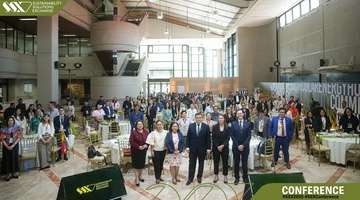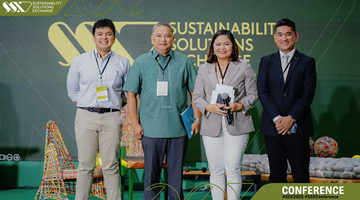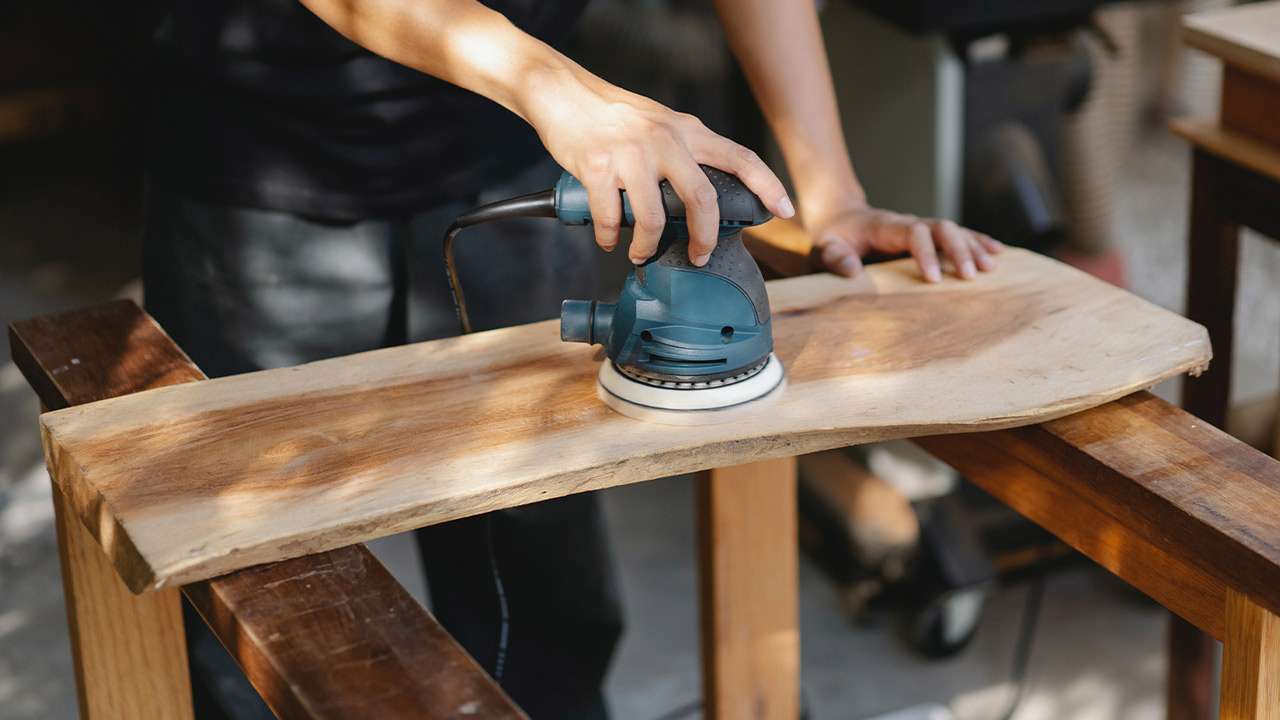POSTED Mar 29, 2022 - 01:09 PM
4 things to consider in sustainably sourcing raw materials for furniture
Responsible and sustainable furniture manufacturing starts with the raw materials you use
As more people consider sustainability in their lifestyles, adapting greener strategies is a wise move for businesses.
In the furniture industry, non-profit coalition Sustainable Furnishing Council’s 2018 Green Home Furnishings Consumer Study reported that 92 percent of its respondents are interested in purchasing environmentally safe home furnishings if style and cost considerations were comparable. Fifty-eight percent are also willing to pay up to 10 percent more for certified legal and responsibly harvested wood furniture and 59 percent can do the same for certified environmentally-safe home furnishing.
A key point in incorporating sustainability in furniture production is ensuring the quality of raw materials and knowing where they come from. Here are some points to remember when sourcing environment-friendly raw materials.
Check environment-friendly certifications
At a time when greenwashing is prevalent, certifications from environmental sectors are even more important in double-checking eco-friendly claims from dealers and companies.
For wood and other raw materials sourced from trees, check if they have a Forest Stewardship Council certification. This globally recognized accreditation is given to timber from properly managed forests that are evaluated and certified based on social, economic, and environmental standards. To verify if your supplier does not practice illegal logging, make sure that they also have tree-cutting and wood processing plant permits from the Department of Environment and Natural Resources.
For textile raw materials, you can see if they comply with ecological and social textile processing standards through an accreditation from Global Organic Textile Standards.
Recycle, upcycle, and repurpose
What’s the difference between these three? Recycling is making a new product out of base materials from items that are set to be thrown away. This involves breaking down the item to get their base materials, like taking the glass from an old mirror.
Meanwhile, upcycling is altering or revamping a product that is no longer of use and giving it a new function. The new item still has the same materials as the old product, like when you make a clothing rack using an old stepladder and wood.
Lastly, repurposing is simply using a product for a purpose other than its original function. An example of this is using old rain boots as plant pots.
All of these processes conserve natural resources and save materials from going to waste, so consider utilizing them when making furniture instead.
Put importance on long-lasting products
When finished products are functional and durable, consumers won’t have to keep on replacing them with new ones. This means less furniture would end up in landfills, which can only accommodate 22 percent of the Philippines’ 1,634 cities and municipalities based on 2018 data.
Consider doing a life-cycle assessment and make sure to research the pros and cons of your chosen raw material during your furniture’s design process. Aside from being the best fit for your furniture’s function, include a material’s carbon footprint and environmental impact as a factor during selection.
As a construction material, wood consumes less energy and emits less carbon during the manufacturing process. There is also reduced overall material use and waste production when constructing with wood, compared to other raw materials. Using wood-based items in furniture also reduces environmental footprint due to less energy and water consumption in the extraction, manufacturing, and disposal processes.
Choose local materials and suppliers
Buying materials from local suppliers lets you cut down an overseas plane or ship's worth of fuel consumption and pollution. Less transportation means less carbon footprint, which also reduces the environmental impact of your finished product.
It also helps create and maintain jobs for fellow citizens and benefits the local economy. It will also reduce operational costs because you won’t have to shoulder tariffs and importation charges.
Responsible and sustainable furniture manufacturing starts with the raw materials you use, but it doesn’t end there. Adopt eco-friendly strategies and initiatives like limiting carbon emissions during production, practicing fair trade, and observing proper waste disposal for your business now and let yourself, your customers, and the environment reap its benefits.
Read more

CITEM Market Sensing Mission to Taiwan to strengthen PH SDG competency
Making serious strides toward strengthening the country’s sustainability footprint, CITEM travels to... Learn More

EU, PH push for green solutions in food industry at Sustainability Solutions Exchange 2025
Aiming to develop a sustainable Philippine food industry, the European Union (EU) and the Department... Learn More

SSX Conference yields strategies for circular PH food industry
Transformative ideas took root at the Sustainability Solutions Exchange (SSX) Conference, where entr... Learn More

EU, PH aim to future-proof Philippine food industry at SSX 2025
In partnership with the European Union (EU), the Department of Trade and Industry’s Center for Inter... Learn More
